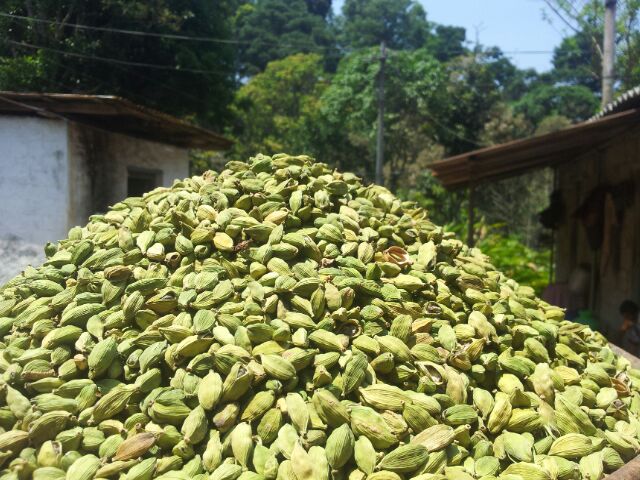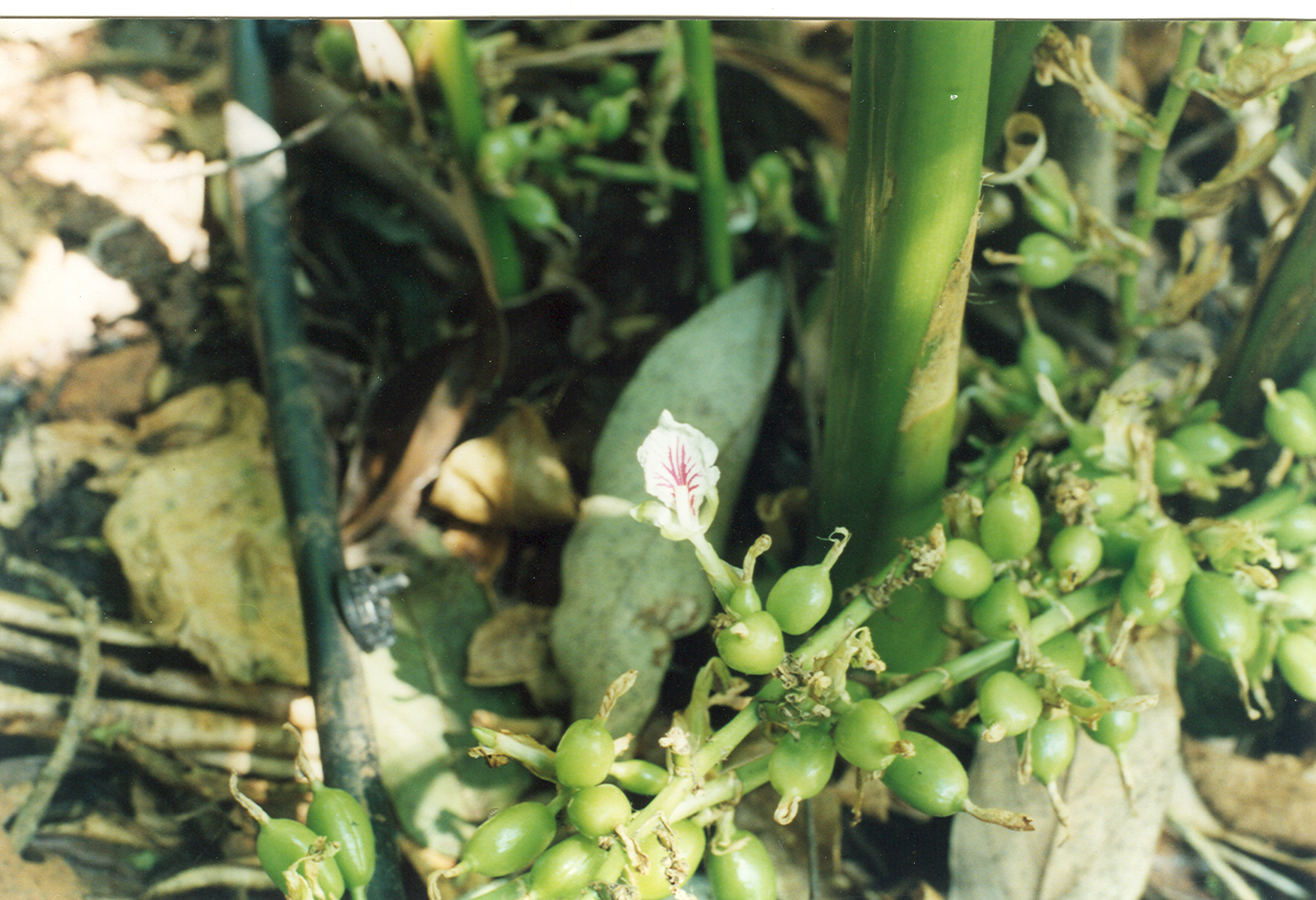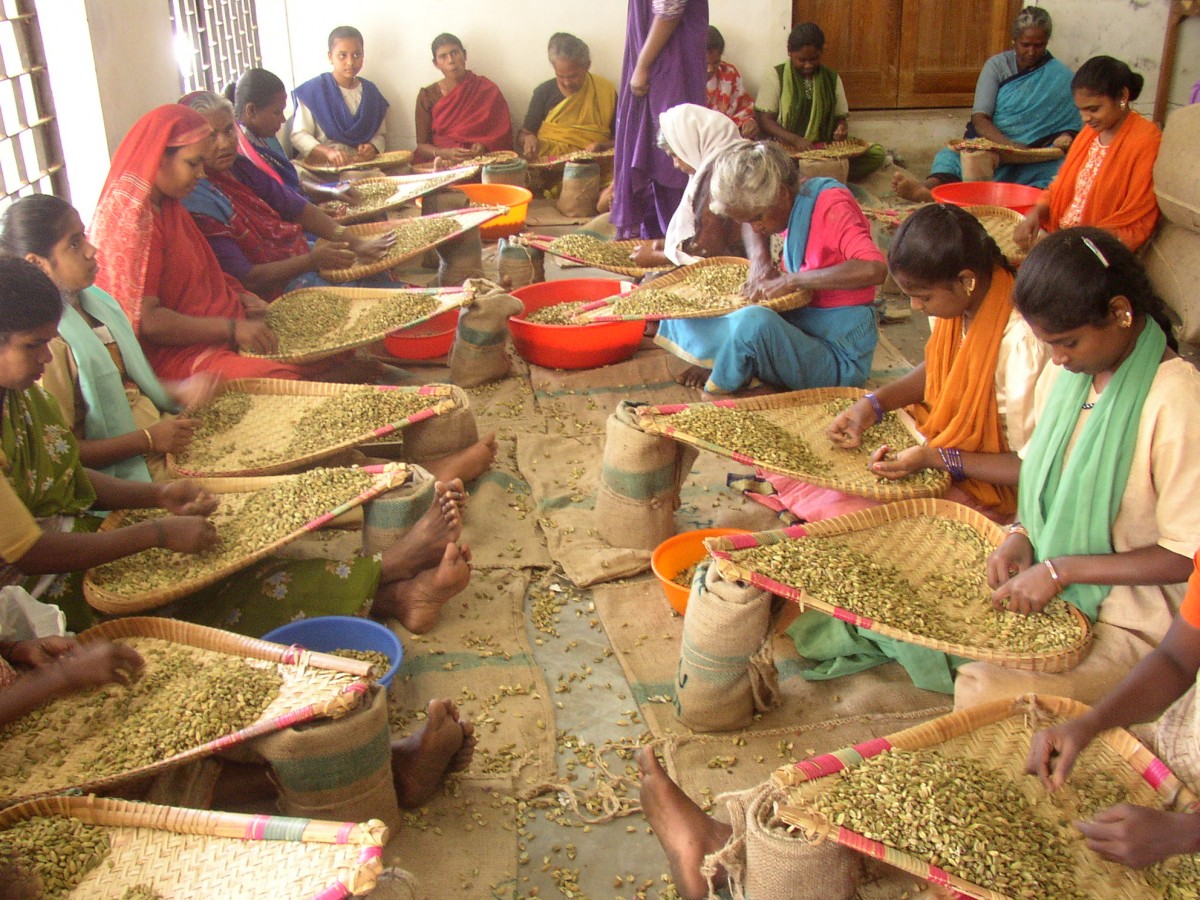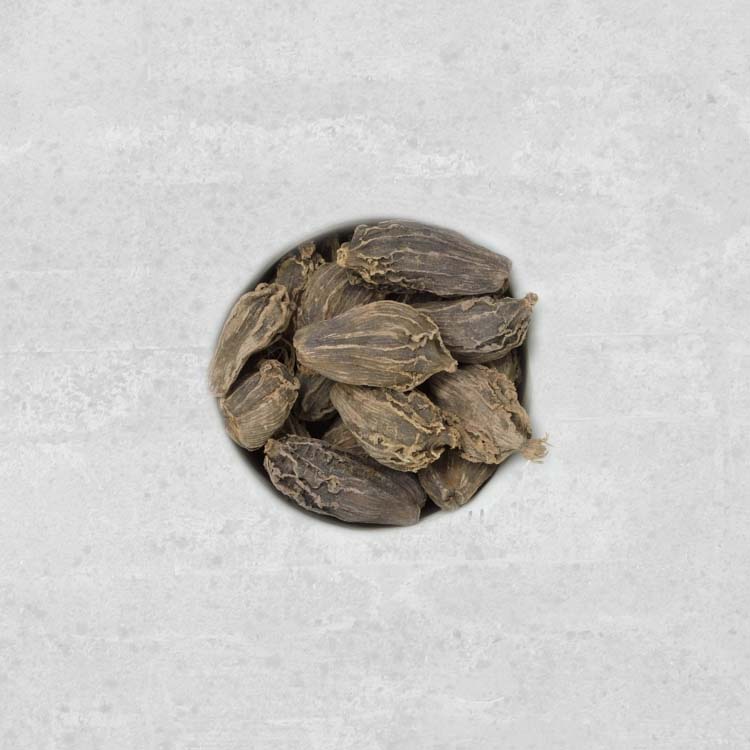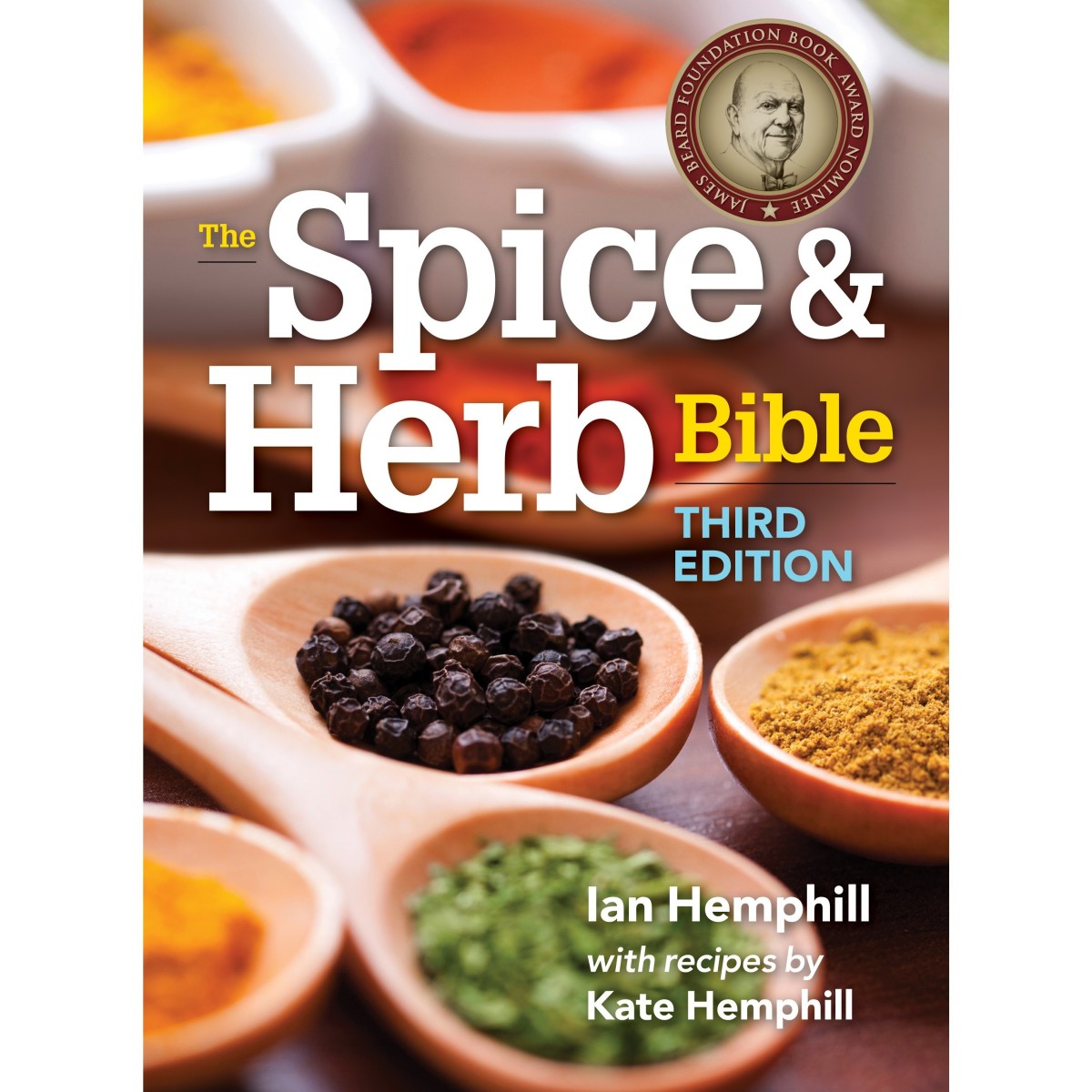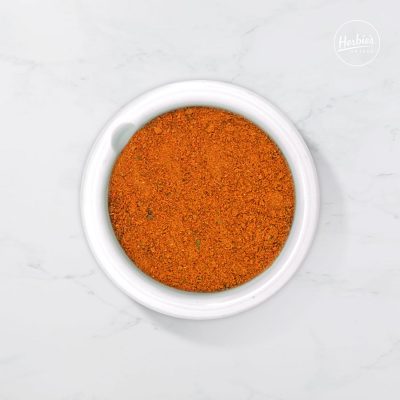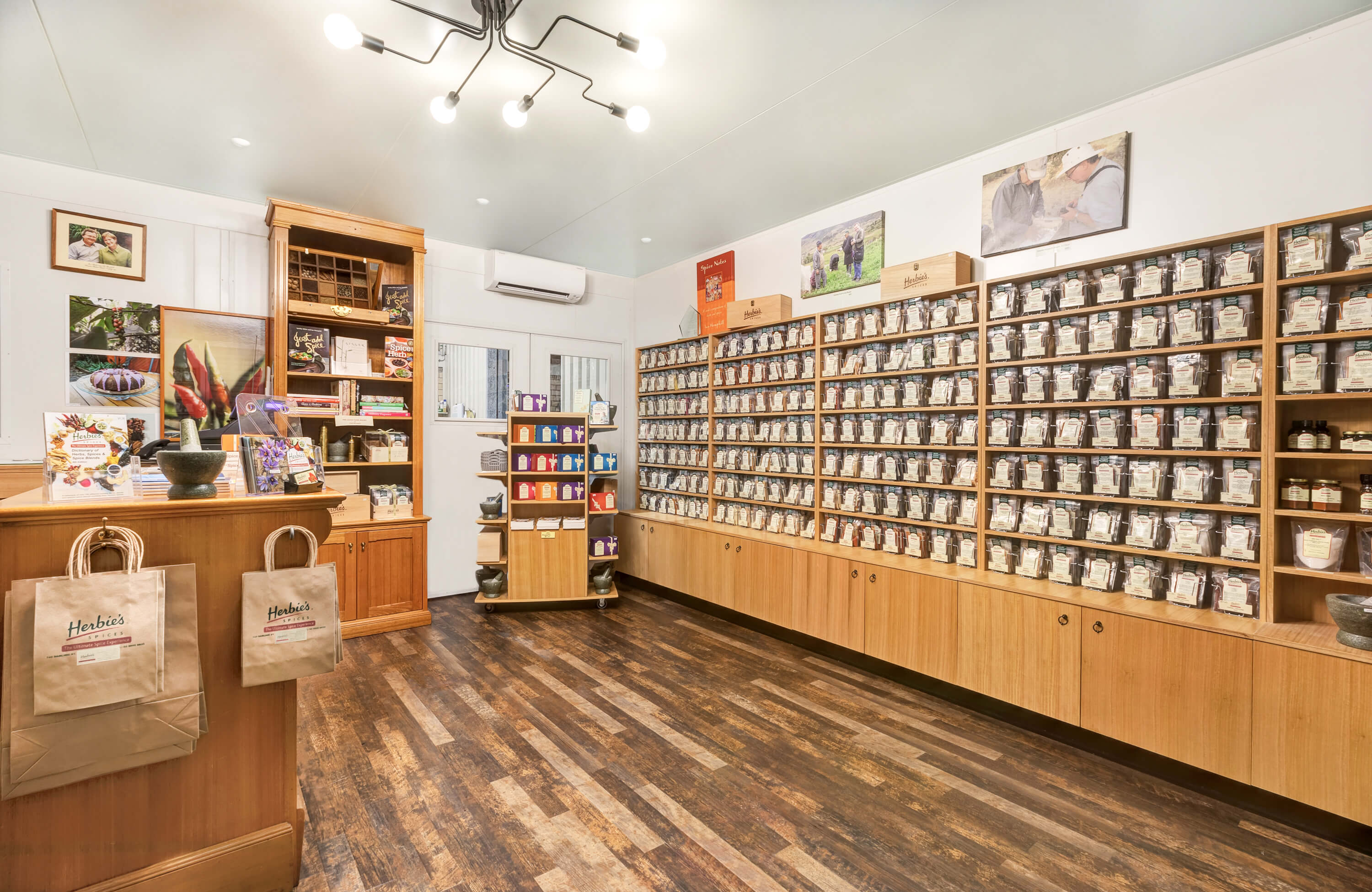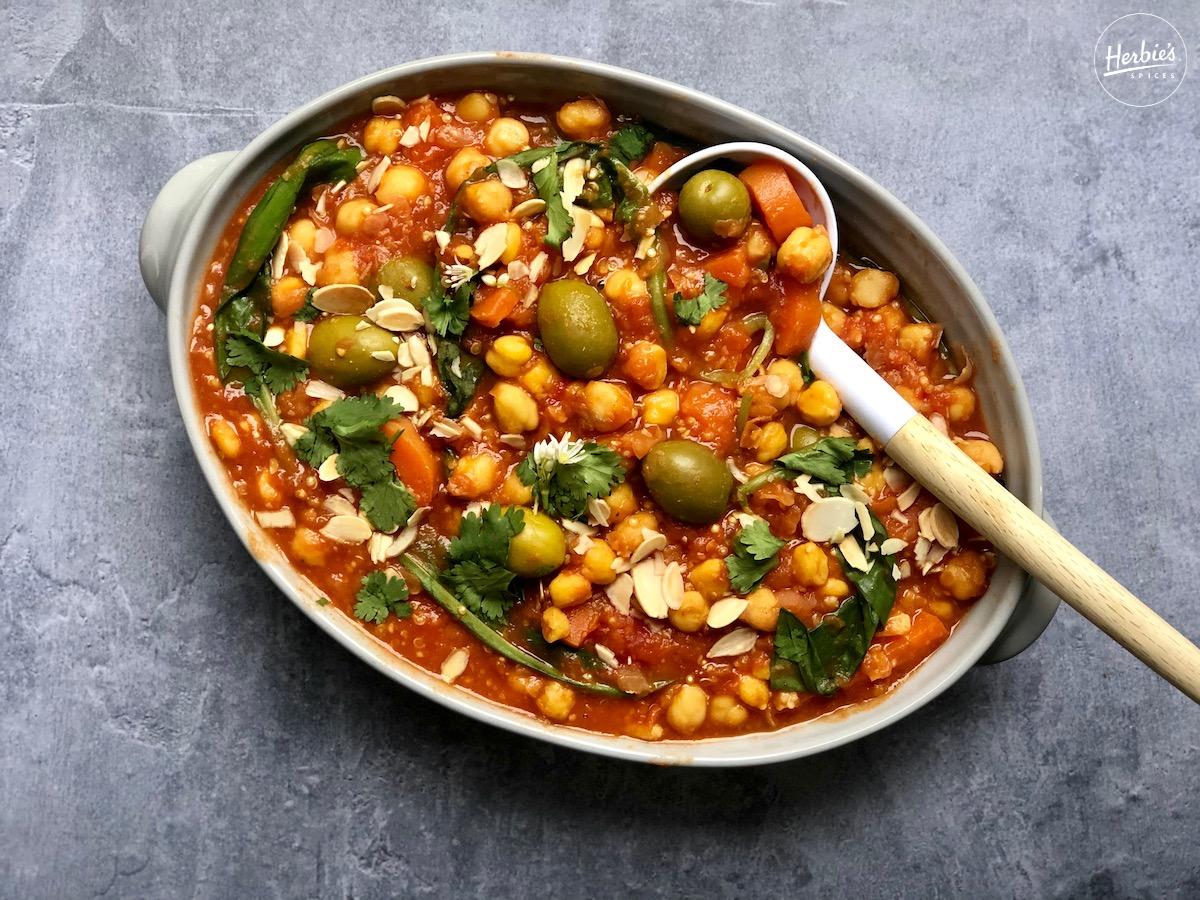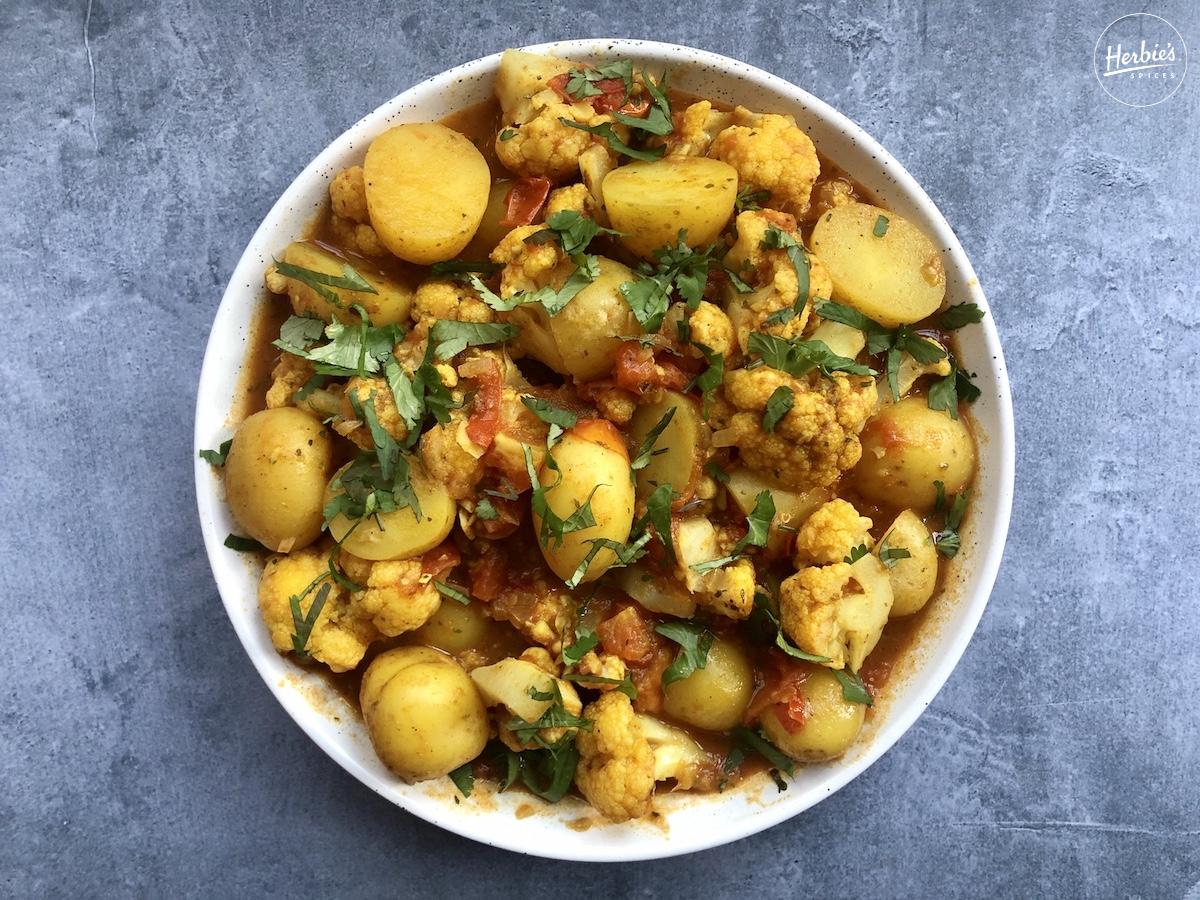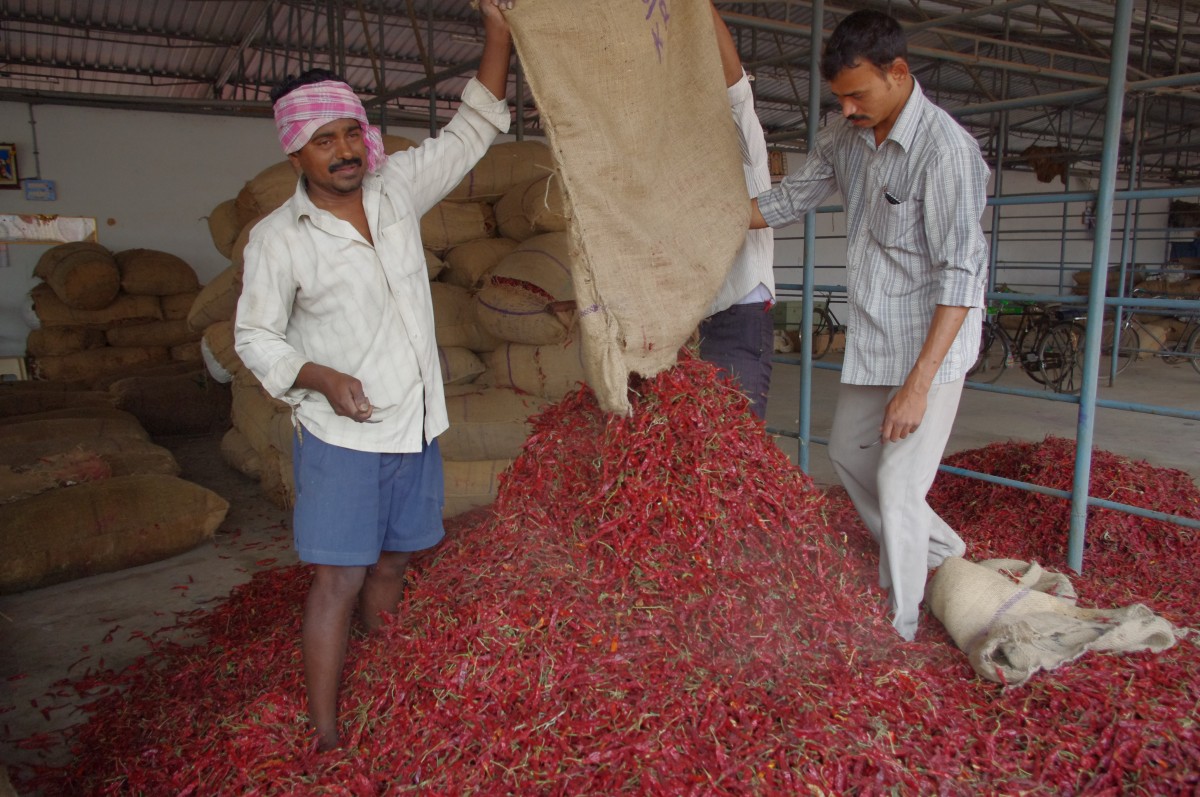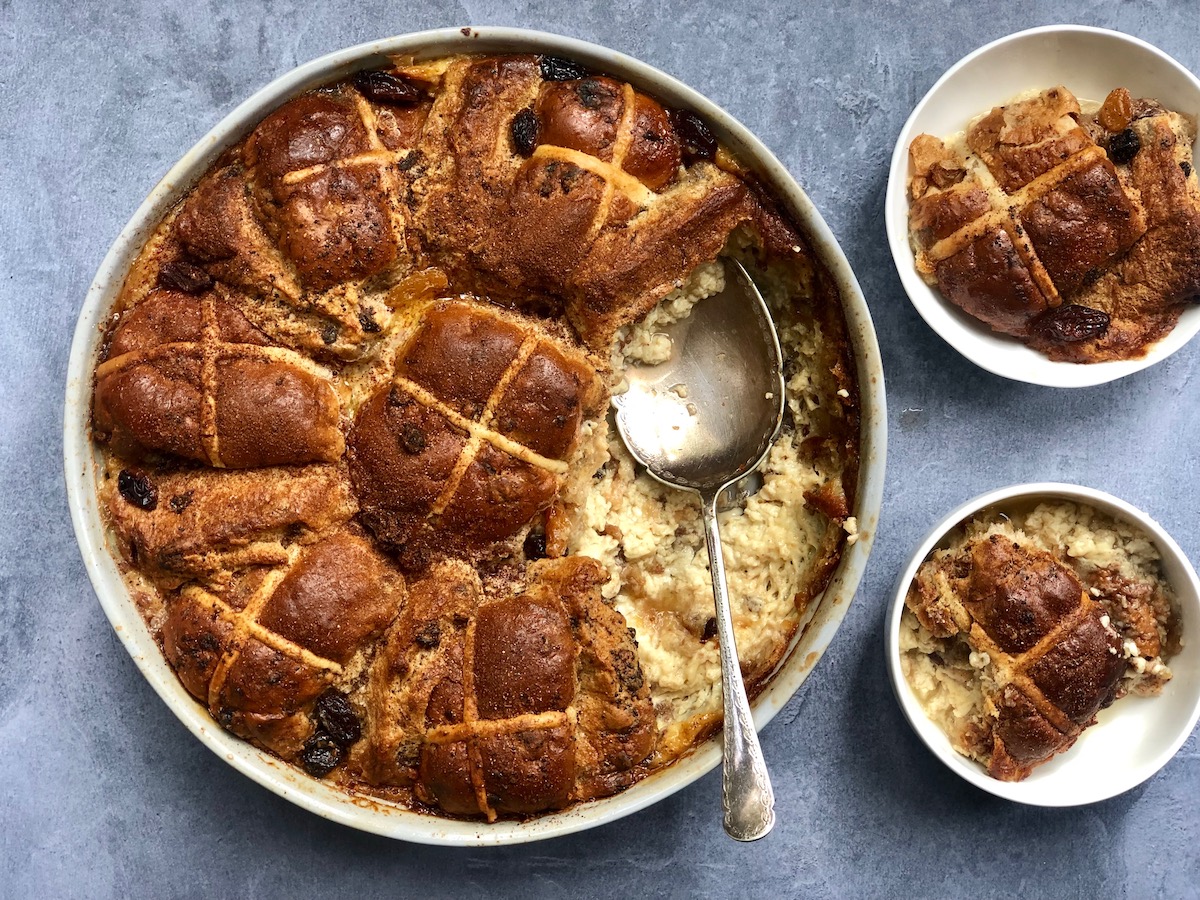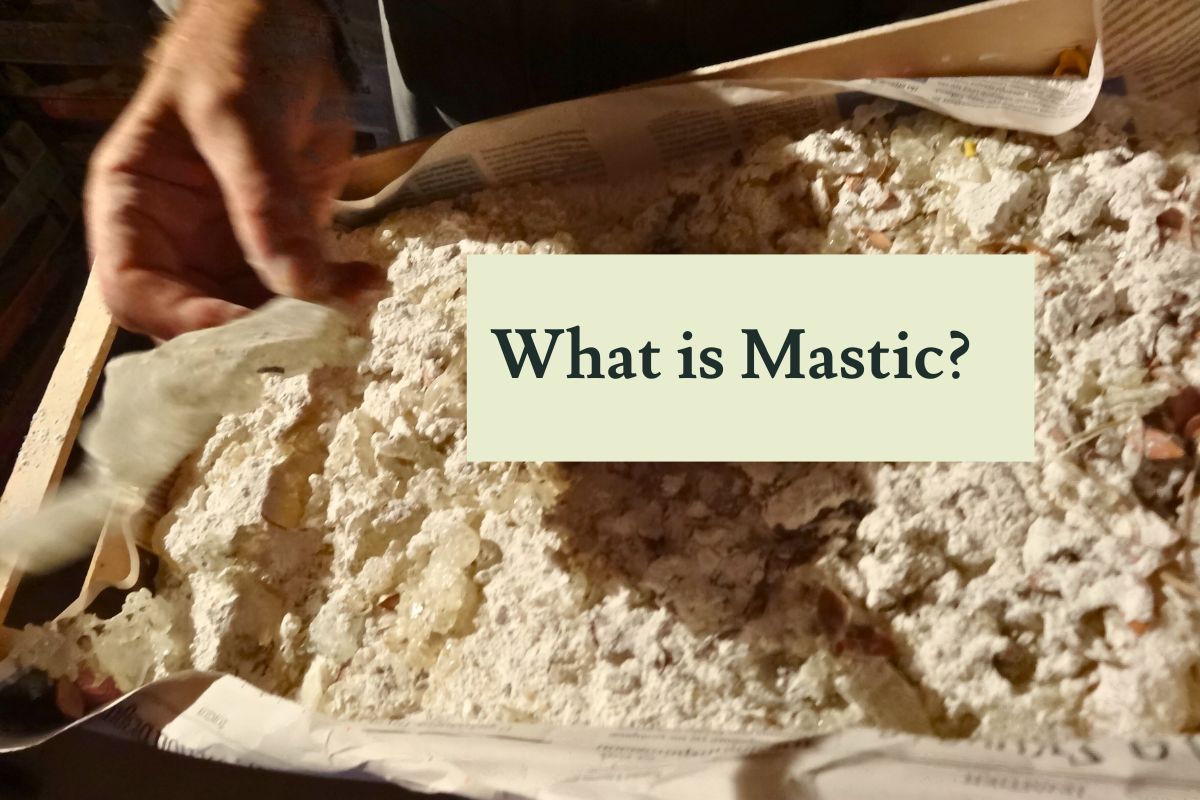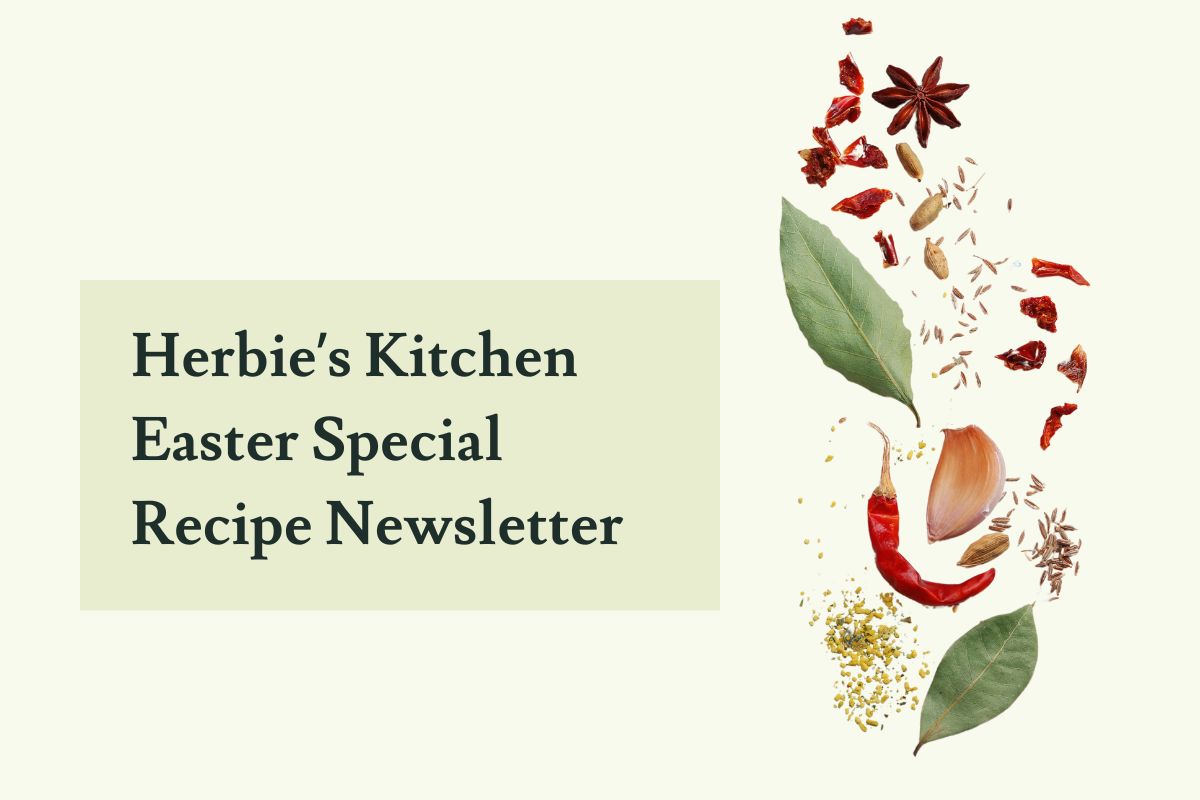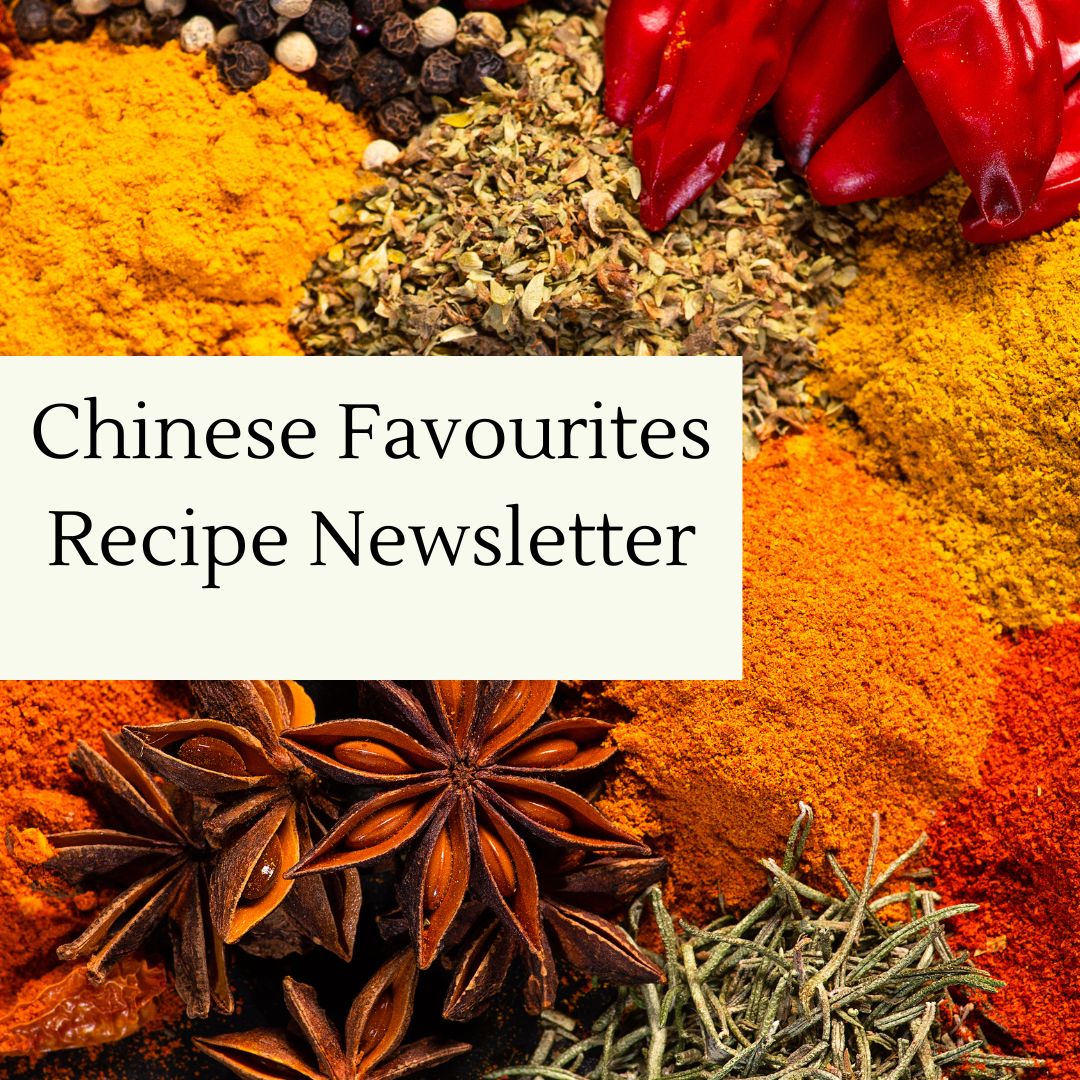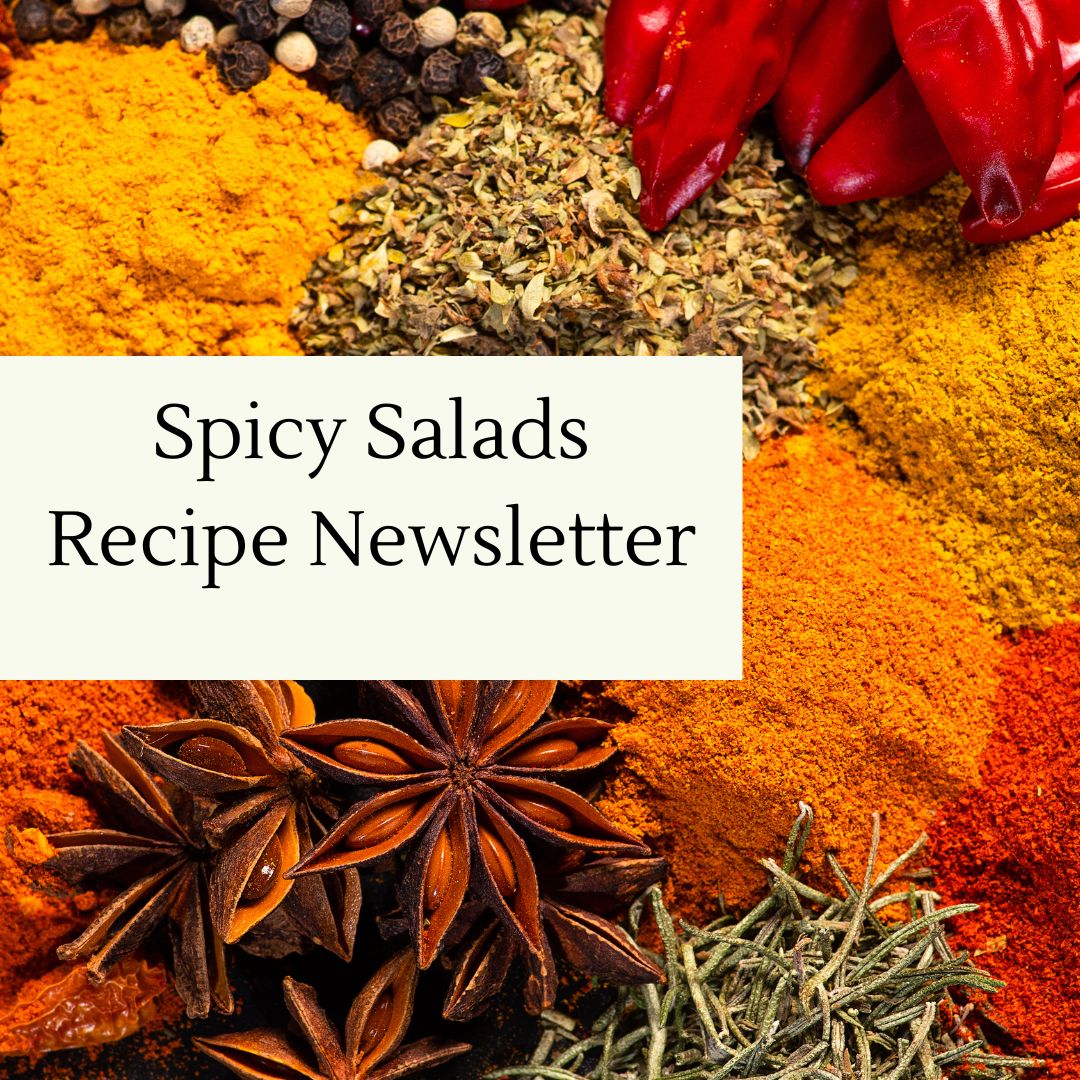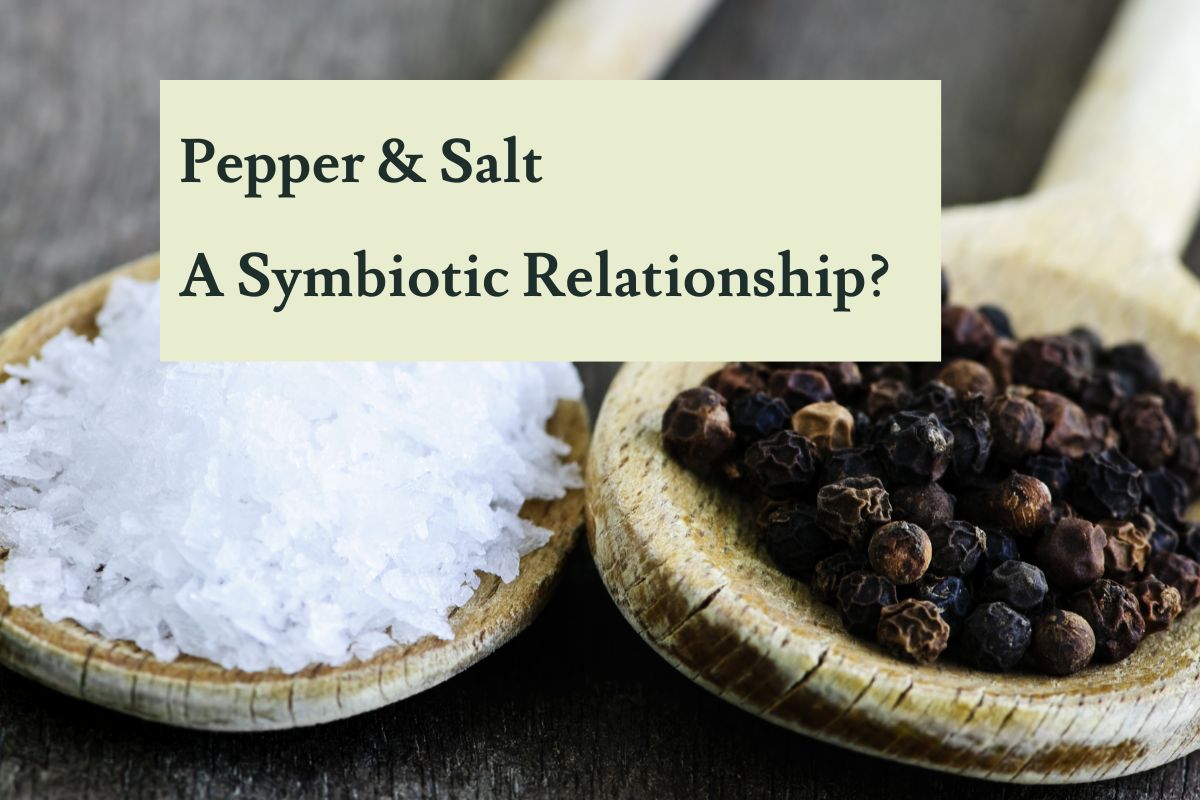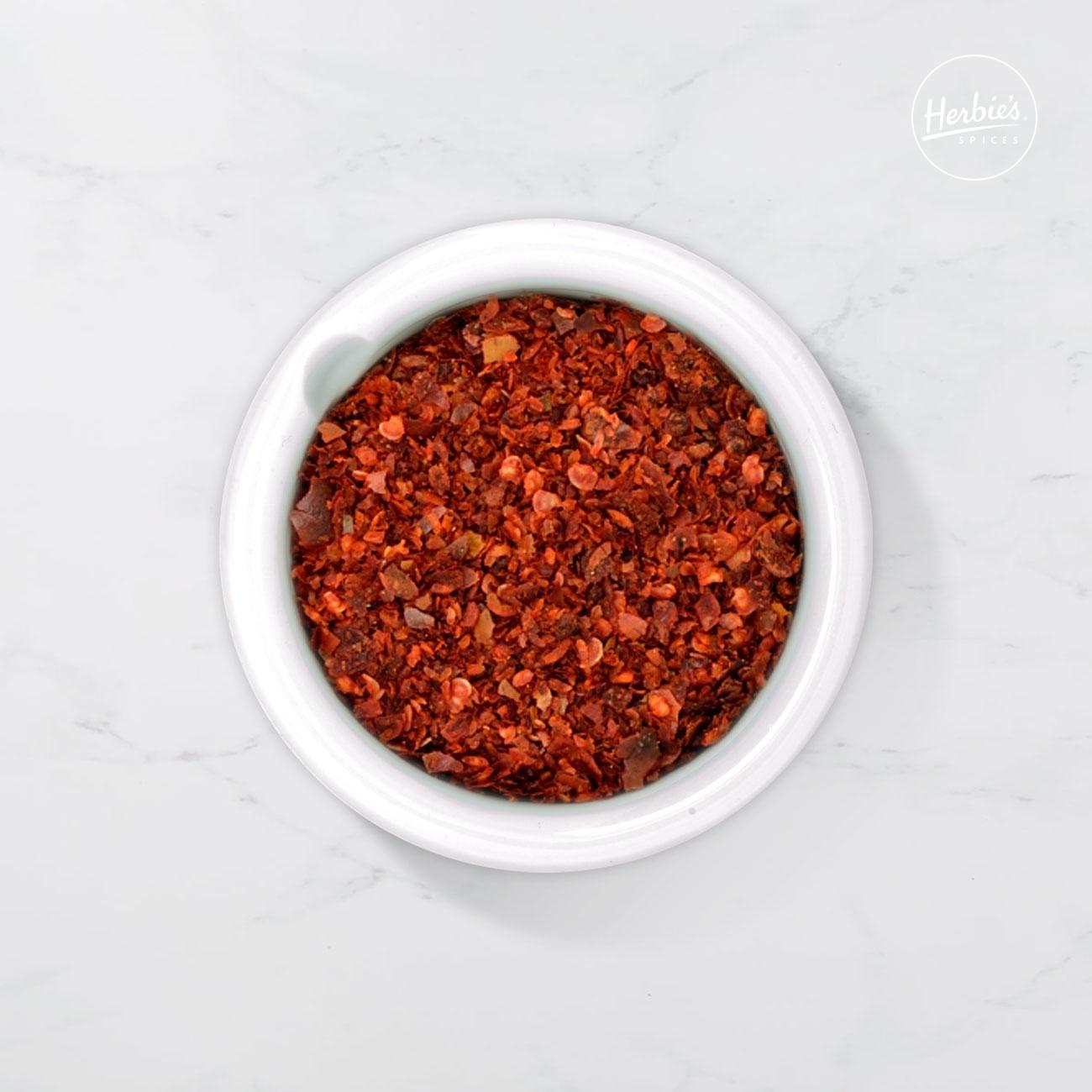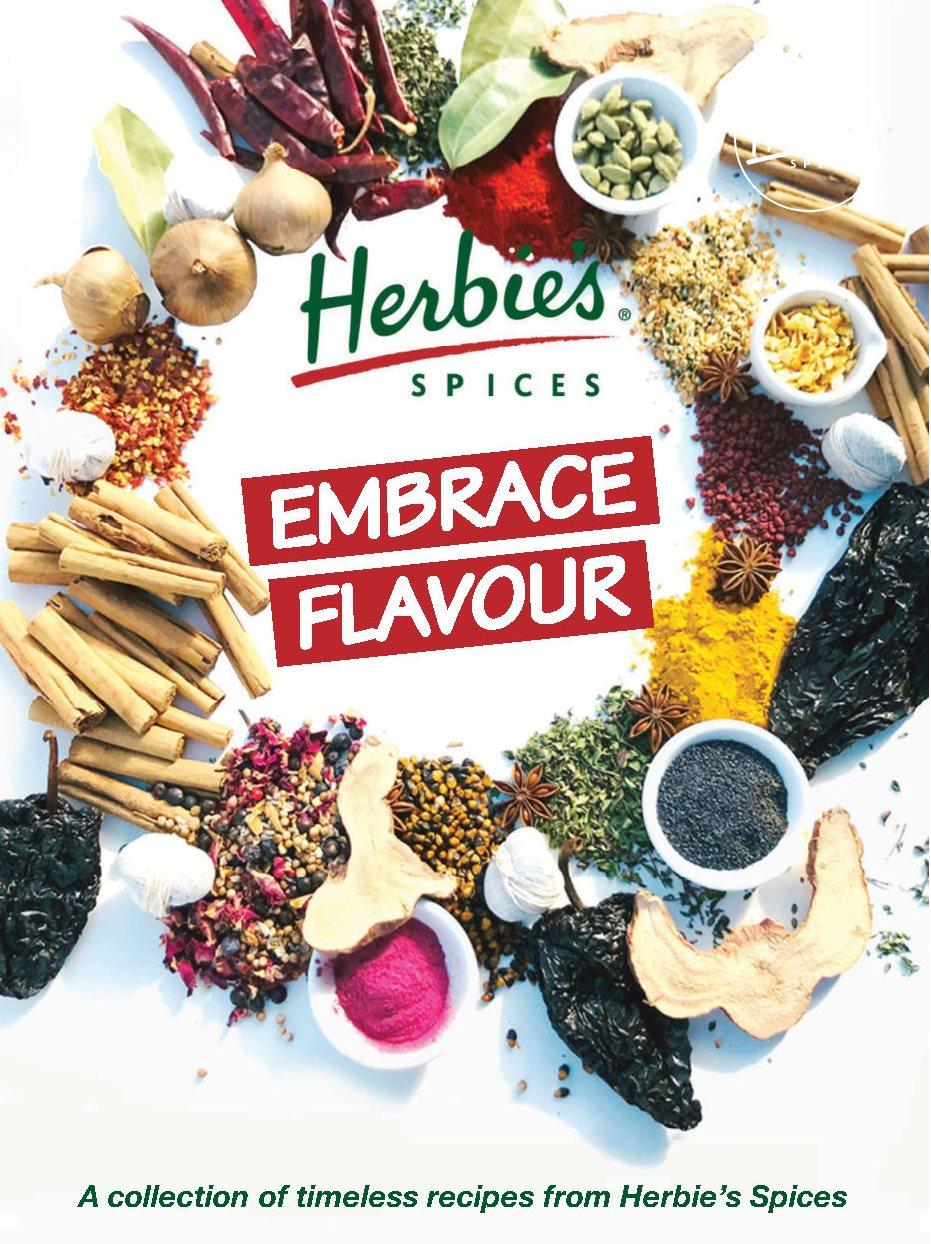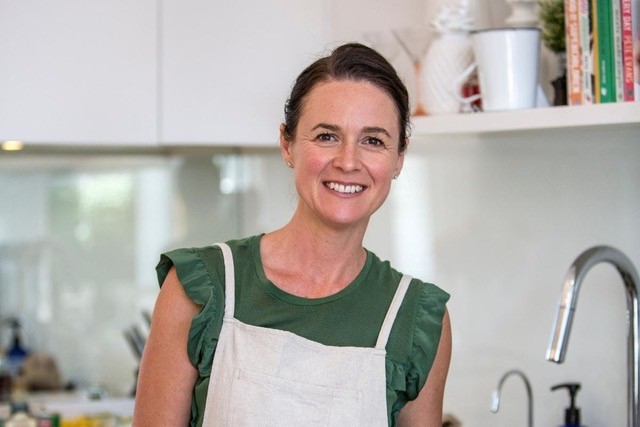In January 1997, Liz and I spent a month in Cochin, South India to take a Spice Sabbatical in preparation for opening Herbie’s Spices on the 7th of July 1997 – 20 years ago.
Cardamom remains one of my favourite spices, therefore it seems appropriate to share this experience with you, one that I wrote about in my book Spice Travels that was published in 2001.
The Indian Spices Board had arranged for one of their colleagues to accompany us into the cardamom hills, where we would see extensive cardamom (Eletaria cardamomum) plantations, a cardamom auction, and the Periyar wildlife sanctuary at Thekkady. After three weeks in Kochi by the coast, we were looking forward to getting up to some high country, where it would be a little cooler.
The day got off to a typical start with Mr. Palanichamy (he said to just say Palliswarmy) and driver arriving to collect us at nine in the morning. Mr.P suggested we visit a tea plantation at Munnar, north east of Kochi, on our way to the cardamom hills, however when we mentioned how much we were looking forward to seeing the cardamom auction at Vandanmedu, he said “Oh, that will be over by 12:30 so we’ll miss it.” From our appalled silence Mr.P gathered this was not good news, so he stopped at a Spices Board office and phoned ahead to ask them to delay the proceedings as long as possible.
The driver stepped on the gas, no mean feat on the rutted, monsoon washed away roads, that seem only to be repaired just in time for the next monsoon to wreak its havoc. During the wet season, three metres of rain falls in these hills and one can only imagine the force of the torrents formed from the runoff. We turned off onto a short-cut that would by-pass the tea plantation and hopefully get us to the auction sooner rather than later. Sections of this road were more holes than surface, and we wondered whether the ‘short-cut’ was turning into a ‘long-cut’. The Ambassador (India’s own car, made with Morris Oxford tooling acquired when they stopped making them in England) stalwartly chugged up the steep winding road, the driver having to stop and change into first gear as we negotiated the deep ruts formed in the road at every hairpin bend. The agony of the climb (the radiator boiled once and we had to stop for half an hour while it cooled) was almost compensated for by the beauty of the scenery. Each sharp, precipitous bend would reveal a tantalising distant vista of rolling tropical hills seen through tall, vine-laced trees. Every now and then a far-off clearing would appear, and in it a large Portuguese-style church, sitting among the tangle of jungle, like an apparition from Lost Horizons.
We passed through small villages, bustling hives of activity with women fetching and carrying impossible loads, while indolent youths and cigarette smoking menfolk sat idly passing the time of day. An Ambassador had been pushed off the road for repairs, a tarpaulin laid out on the ground beside it. Eight men were standing around the car with its bonnet up, and what looked like every greasy mechanical component from its engine bay was regurgitated all over the tarp. Every one of the eight gazed contemplatively at the array of shafts, cogs, gears, piston rings, washers, brackets, ball bearings and hoses, as if willing them to magically re-assemble themselves. I peered out the back window as we sped past in a cloud of dust, and wondered which head-scratching aspiring mechanic would be the first to make a move.
As we drove into Vandanmedu we could smell the distinct camphorous, eucalyptus-like aroma of cardamom in the air.
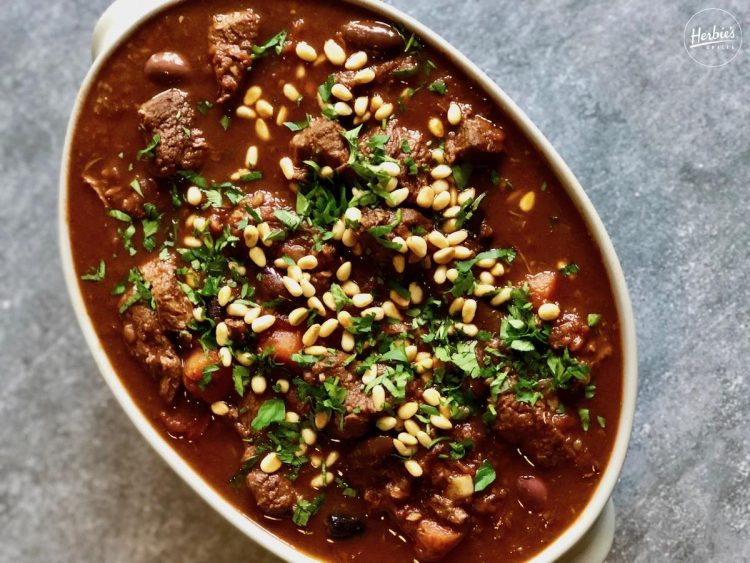 post
post


